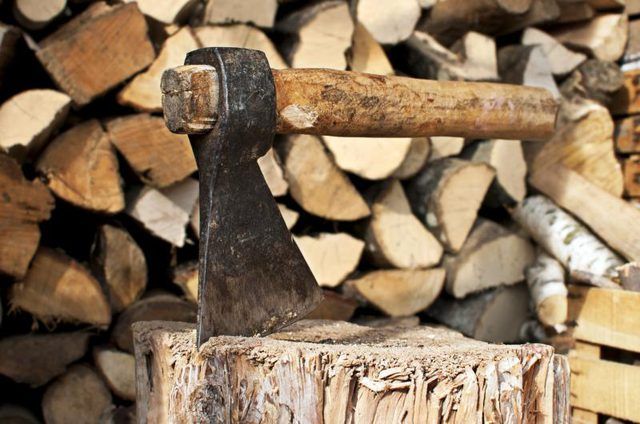Bulbs
Flower Basics
Flower Beds & Specialty Gardens
Flower Garden
Garden Furniture
Garden Gnomes
Garden Seeds
Garden Sheds
Garden Statues
Garden Tools & Supplies
Gardening Basics
Green & Organic
Groundcovers & Vines
Growing Annuals
Growing Basil
Growing Beans
Growing Berries
Growing Blueberries
Growing Cactus
Growing Corn
Growing Cotton
Growing Edibles
Growing Flowers
Growing Garlic
Growing Grapes
Growing Grass
Growing Herbs
Growing Jasmine
Growing Mint
Growing Mushrooms
Orchids
Growing Peanuts
Growing Perennials
Growing Plants
Growing Rosemary
Growing Roses
Growing Strawberries
Growing Sunflowers
Growing Thyme
Growing Tomatoes
Growing Tulips
Growing Vegetables
Herb Basics
Herb Garden
Indoor Growing
Landscaping Basics
Landscaping Patios
Landscaping Plants
Landscaping Shrubs
Landscaping Trees
Landscaping Walks & Pathways
Lawn Basics
Lawn Maintenance
Lawn Mowers
Lawn Ornaments
Lawn Planting
Lawn Tools
Outdoor Growing
Overall Landscape Planning
Pests, Weeds & Problems
Plant Basics
Rock Garden
Rose Garden
Shrubs
Soil
Specialty Gardens
Trees
Vegetable Garden
Yard Maintenance
How to Sharpen an Ax
How to Sharpen an Ax. An ax is a handy tool to have around the garden -- you can use it to quickly strip large branches of smaller twigs, and there's nothing better when you need to split logs for firewood, remove stumps and make kindling. To get the most from your ax, you have to keep the blade sharp. As long as you don't want to do any carving,...

An ax is a handy tool to have around the garden -- you can use it to quickly strip large branches of smaller twigs, and there's nothing better when you need to split logs for firewood, remove stumps and make kindling. To get the most from your ax, you have to keep the blade sharp. As long as you don't want to do any carving, you only need a utility edge, which is sharp, but not sharp enough to shave slices from wood. Sharpening the ax is a job to do by hand, wearing protective gloves; an electric grinder can ruin the blade.
Things You'll Need
Bench vise
Coarse file
Fine file
Sharpening stone
Clamp the ax firmly in a solid bench vise with the blade facing up. Put on cut-resistant leather carving gloves, because one false stroke during the sharpening process could result in a deep wound.
Hold a coarse file at about a 10-degree angle with respect to the blade -- it should be almost parallel -- and stroke down on the blade repeatedly until all the nicks and gouges on that side are gone and you can see the metal shining.
Move the file over onto the other side of the blade and repeat the procedure. Stop filing when the edge of the blade forms a burr, which is a paper-thin layer of metal.
Replace the file with a finer one, and repeat the procedure to remove the scratches and nicks left by the coarser file. At this point, the blade is very sharp, so keep your hands as far away from it as possible.
Finish the edge by holding a sharpening stone on one corner, on one side, of the blade and drawing it in a smooth motion along the edge to the other corner. Repeat on the other side of the blade. Continue in this way, alternating from one side of the blade to the other, until you're satisfied with the edge.
Tips & Warnings
Test the blade by cutting into the end grain of a log. The blade should bite and remain firmly embedded with only a light to moderate swing.
The blade is easier to sharpen if you do it often.
For extra protection, use sharpening files with guards attached that protect your fingers. Even if you use one of these, though, you should still wear gloves.